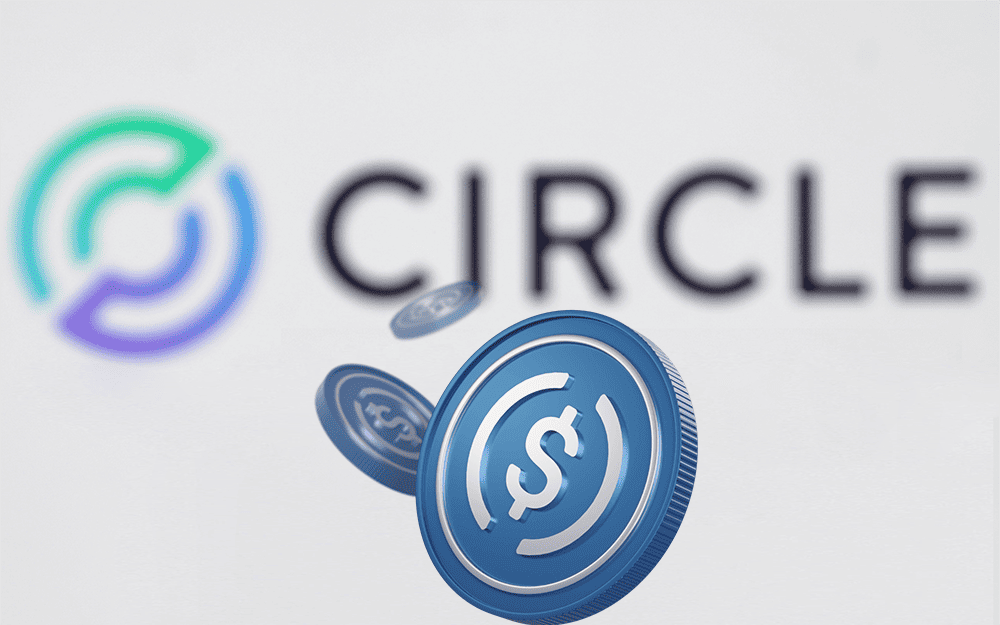Fintech behemoth Circle and the team behind L2 scaling network Arbitrum have announced that on June 8, 2023, USDC, the second biggest stablecoin, would debut its native version on Arbitrum (ARB). Tokens based on Ethereum will henceforth be referred to as “USDC.e” in blockchain explorers.
1/ Circle is launching USDC natively on @Arbitrum on June 8th!
— Circle (@circle) June 1, 2023
Keep scrolling or read the blog to learn more about this launch and how to migrate liquidity from “bridged USDC” to native USDC. https://t.co/tbxSmUvXso
The Arbitrum-based coin will be completely reserved and redeemable 1:1 for U.S. Dollars from the Circle treasury, much like earlier versions of USDC created “natively” across multiple EVM-compatible blockchains. They will serve as a natural entry and exit point for institutions on the blockchain.
A blog post claims that Circle will eventually replace the current USD Coin token implementation and storage on the Arbitrum network.
This will be the official version of USDC that is recognized within the Arbitrum ecosystem and will ultimately replace the currently circulating bridged version of USDC that comes from Ethereum.
Before the release, Circle will rebrand the current USDC implementation built on Ethereum as “USDC.e.” The old version will be labelled “bridged USDC,” whereas the new one based on Arbitrum will simply be called “USDC.”
More than 65% of the total value locked on networks with quicker transactions and cheaper fees is on Arbitrum, making it one of the most popular scaling alternatives for Ethereum. The Optimistic Rollup protocol utilizes a means of “rolling” up groups of transactions on a separate chain before reporting back to Ethereum.
In order to take use of the robust security features of Layer 1 blockchains like Ethereum, Layer 2 networks like Arbitrum are built on top of them. Users often switch to these L2 services in quest of cheaper rates and instantaneous financial dealings. However, this requires a user to make a transfer of monies from L1 to L2. This transition is called “bridging.”
Arbitrum currently employs a bridging version of Ethereum’s USDC, soon to be rebranded as “USDC.e.” This token acts as a receipt that can be cashed in for “real” USDC on the Ethereum platform.
There are several advantages of utilizing native USDC on the Arbitrum Foundation’s platform, as stated in an official article. Circle and its allies provide many entry and exit points for institutional users. This also implies that USDC may be sent using the Cross-Chain Transfer Protocol (CCTP), which does away with the need for a “lock-and-mint” bridge by instead burning USDC on the sending chain before minting a fresh supply of USDC on the receiving chain.
Circle’s cross-chain stablecoin goals are reflected in the introduction of native USDC on Arbitrum. The Cross-Chain Transfer Protocol (CCTP) will include an arbitrum-based coin. Circle clients will be able to quickly and easily transfer funds across blockchains via this technology.
































